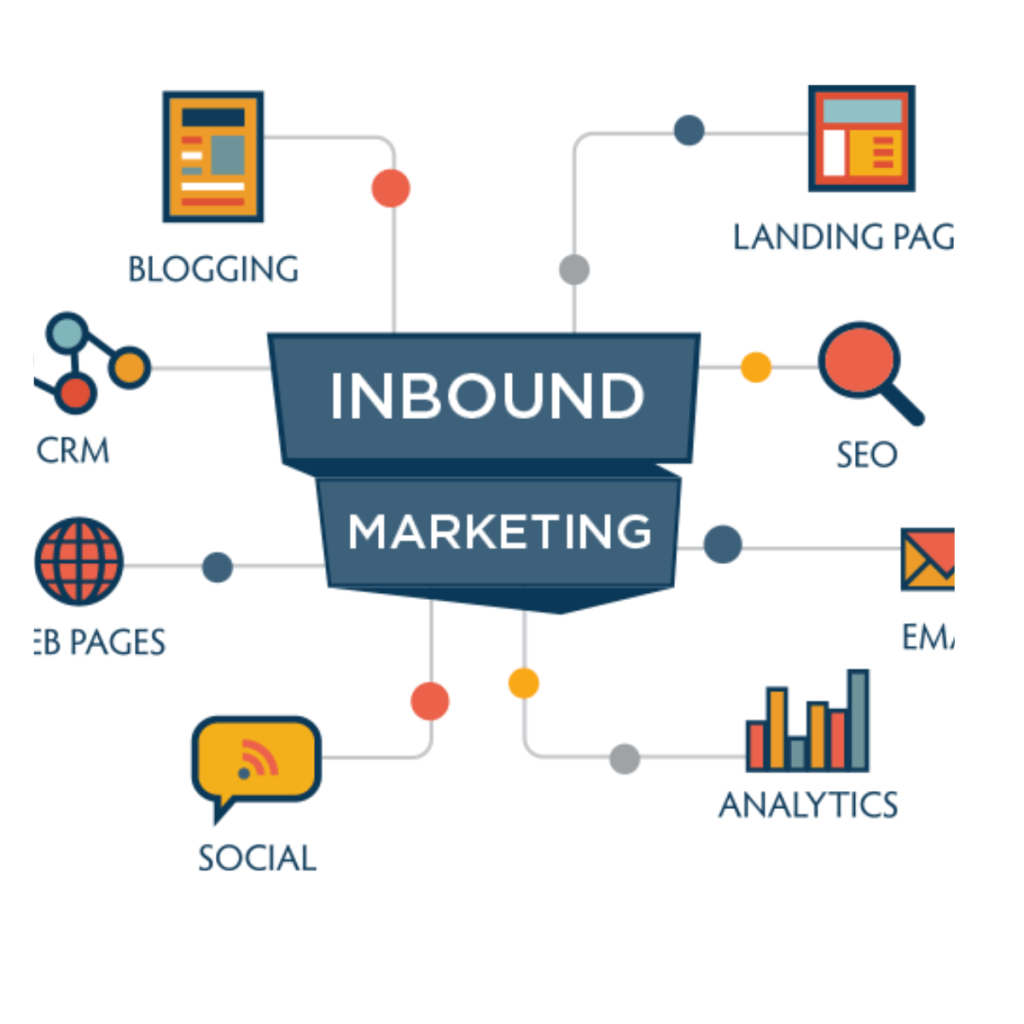What is inbound marketing?
Inbound marketing is a strategy that focuses on attracting customers to your business by providing them with valuable content. It’s a way to generate leads and sales without the hassle of cold-calling or spamming potential buyers.
Why You Need an Inbound Marketing Strategy and How to Get Started Creating It
The first step in creating an inbound marketing strategy is to develop a social media strategy plan. This plan will help you identify what types of content you need to create for your business/personal brand, who your target audience is, and how often you should post on social media channels. Once this plan is created, it can be used as a template for other parts of your inbound marketing strategy
Three types of inbound marketing:
– Content Marketing: This type of inbound marketing focuses on creating engaging content that educates and informs customers about the product or service being offered.
The goal of content marketing is to create valuable content for your audience. The more value you provide, the more likely they are going to come back and read your future posts. Content Marketing can be broken down into five main steps:
1) Researching what your target audience wants
2) Creating a plan
3) Creating content that meets those needs and wants
4) Sharing with relevant audiences
5) Measuring which messages work best
– SEO: Search engine optimization (SEO) is a way of optimizing your website so it ranks higher on search engine results pages like Google, Yahoo, and Bing.
Make sure that the website is well structured, has good content, and is easily accessible to search engines. They also have to make sure that the site is compliant with Google’s webmaster guidelines and has a high-quality backlink profile.

SEO is an essential factor for any business because it helps them rank higher on search engines, which in turn leads to more traffic, more customers, and more revenue.
– Social Media Marketing: Social media marketing can be done through Facebook, Twitter, LinkedIn, Instagram, Pinterest, etc. It utilizes social media platforms to create awareness for a business’s products or services.
Social media is an excellent way to reach out to your target audience. It provides a great way for brands to get their messages across and it also helps in building a community around the brand. If you find yourself thinking that social media might not be the right avenue for your plant-based brand, think again! There are many ways to use this platform to reach a large audience.
Below are some of their benefits:
1. It’s affordable
2. It provides access to a massive audience
3. The content is easily sharable
4. It’s scalable
How to Implement a Content Strategy that Drives Traffic and Leads with Social Media
Nowadays, social media is one of the most popular marketing channels. It has become a necessary component of any content strategy. Social media can be used to drive traffic to your website and generate leads.
Social media marketing strategy should be implemented by following a set of guidelines.
First, you need to identify which social media platforms are best for your brand and audience.
Second, you should create a posting schedule template with relevant content that will be posted on all the selected social networks
Third, you have to post on these networks in accordance with your posting schedule template and track the results of each post.
Read Also What is a CRM?
Why You Should Be Using Content Marketing for your Business
Content marketing is a strategy that is used to build relationships, trust and credibility with customers. It can be done in many different ways, but it is important that you do it in a way that will work for your business.
Content marketing can take many forms. You might create a blog post, video, or infographic. Whatever form you choose to use, you need to make sure that the content is relevant and engaging for the audience.
The 5 Principles of Inbound Marketing.
Standardize: Standardize your content to make it easy for readers to find what they need.
Contextualize: Contextualize your content by providing context that readers can relate to.
Optimize: Optimize your content so that it is both useful and engaging.
Personalize: Personalizing the content you provide with relevant information about the reader will help them feel more connected to you and your company.
Empathize: Empathizing with the reader by understanding their needs and interests will help them feel like they are being heard.
What is inbound lead generation?
Inbound lead generation is a marketing tactic that involves attracting potential prospects who may already have an interest in your business, product, or services. Inbound lead generation is permissive in contrast to outbound lead generation, which requires you to contact potential consumers. In inbound lead generation, your prospects open the lines of communication and agree to receive marketing materials from you.
To have a successful inbound lead generation campaign you must develop a great offer (lead magnet) that your ideal consumer can’t refuse. In this scenario, prospects fill out an opt-in form or give you a call to exchange their contact information for your lead magnet offer thereby making your sales process easy to close.
What is inbound sales process?
An inbound sales process focuses on the problems, concerns, priorities, and interests of the potential customer. Inbound sales, in contrast to traditional sales, place a greater emphasis on assisting and guiding potential customers through the purchasing process than on selling a product or service and closing a contract.
The 4 stages of inbound marketing process.
Attract
Convert
Close
Delight
